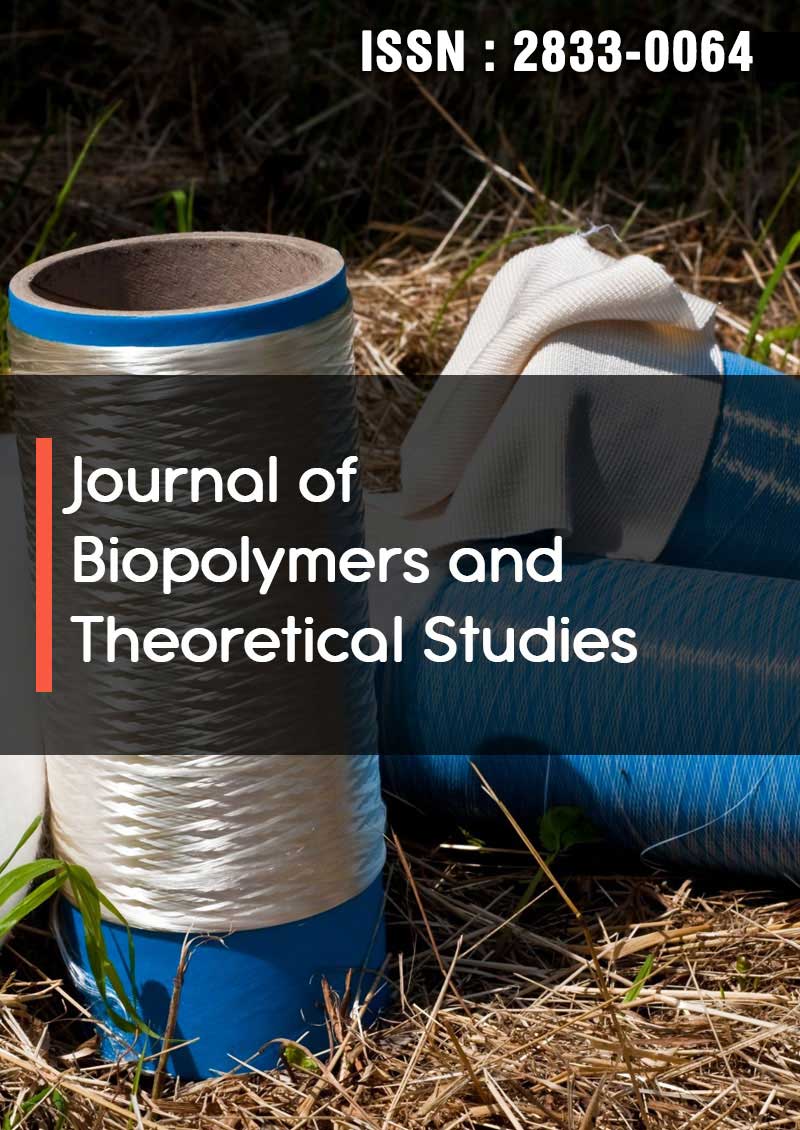Research Article - (2022) Volume 2, Issue 1
Fractionation of Fish Waste Oil through Low Temperature Crystallization in Acetone Followed by Urea Complexation
2Department of Chemistry, Isfahan University of Technology, Isfahan, 84156-83111, Iran
Received Date: Nov 15, 2022 / Accepted Date: Nov 30, 2022 / Published Date: Dec 26, 2022
Copyright: Hajar Rastegari, et al. This is an open-access article distributed under the terms of the Creative Commons Attribution License, which permits unrestricted use, distribution, and reproduction in any medium provided the original author and source are credited.
Citation: Rastegari, H., Espootin, S., Ghaziaskar, H, S., Yatim, I, N., & Ali, N. (2022). Fractionation of Fish Waste Oil through Low-Temperature Crystallization in Acetone Followed by Urea Complexation. J Biop Theo Stud, 2(1), 71-78.
Abstract
Fatty acids fractionation has enabled the introduction of many fatty acids into new food/feed applications. Yet, a simple, efficient, and low-cost process to separate biomass oily feedstocks into valuable fatty acids fractions remains a challenge. Herein, a new, efficient, and simple fractionation method is developed to obtain enriched polyunsaturated fatty acids fraction from fish waste oil using acetone for crystallization at low-temperature followed by urea complexation. This method obtained two fractions, one enriched in polyunsaturated fatty acids, and the other enriched in saturated fatty acids. The fraction enriched in polyunsaturated fatty acids contained oleic, eicosapentaenoic, and docosahexaenoic acids with mass percentages of 58, 20, and 22%, respectively. While the fraction enriched in saturated fatty acids contained 78, 12, 5, and 5 wt. % palmitic, myristic, oleic, and stearic acids. The solvent was recovered from the liquid phase with an efficiency of 80% and reutilization of it obtained almost identical results.
Keywords
Fractionation, Fish waste oil, Oleic acid, Palmitic acid, Solvent crystallization, Urea complexation.
Introduction
Simultaneous world population growth and food-related industries have led to a remarkable increase in the production of bio-waste. Seafood waste, especially fish waste, is one of the most important types of bio-waste that discarding to the environment creates huge economic and environmental worries.
Materials and Methods
Materials
The fish waste oil was supplied by Arman Jonoub Co. (Iran). Nor- mal hexane, methanol (purity >99%), and absolute ethanol were obtained from Iran Chemicals Co. (Iran), Shiraz Petrochemical Co. (Iran), and Bidestan Co. (Iran), respectively. Table 1 rep- resents the fatty acid composition of the fish waste oil. NaOH (pu- rity ≥98%), urea (purity >99%), HCl (purity 37%), acetone (purity >99%) were purchased from Sigma-Aldrich (Germany), Merck (Malaysia), Sigma-Aldrich (Germany), and Sasol Co. (South Af- rica), respectively.
Methods
Hydrolysis of Fish Waste Oil to FFAs by Saponification The starting oil contains triglycerides that are not able to interact with urea to form complexes. Hence, saponification was used to hydrolyze triglycerides into their corresponding FFAs that are able to form complexes with urea [27]. First, 25g of oil was mixed with 20 mL of ethanol (96 wt.%) and then 5.65 g of KOH was added to the mixture. Then the mixture was refluxed at 85o C under nitro- gen atmosphere. After a duration of 1h, the reaction was stopped through addition of 30 mL distilled water and 30 ml of n-hexane and then acidified with HCl solution (6M), adjusting pH to 2 and a separatory funnel was used in order to obtain two distinct phases. Washing with water was used to remove polar impurities from FFAs phase and this washing step was repeated for three times. Each time 30 mL of distilled water was applied for liquid-liquid extraction. After that the two phases was separated completely at room temperature through centrifugation at 6000 rpm for 15 min. Finally, a rotary evaporator was used for drying FFAs under vac- uum at 40 oC. The final FFA content of this phase was higher than 95%.
Results and Discussions
Table 1 presents the fatty acid composition of the feedstock while the chemical structure of them is presented in Figure 1. Consid- ering the weight percent of fatty acids and also their applications, this study is focused mainly on the enrichment of palmitic acid from the fish waste oil.
References
- Coppola, D., Lauritano, C., Palma Esposito, F., Riccio, G., Rizzo, C., & de Pascale, D. (2021). Fish waste: From problem to valuable resource. Marine drugs, 19(2), 116.
- Al-Hilphy, A. R., Al-Mtury, A. A. A., Al-Shatty, S. M., Hus- sain, Q. N., & Gavahian, M. (2022). Ohmic Heating as a By-Product Valorization Platform to Extract Oil from Carp (Cyprinus carpio) Viscera. Food and Bioprocess Technology, 15(11), 2515-2530.
- Innes, J. K., & Calder, P. C. (2020). Marine omega-3 (N-3) fatty acids for cardiovascular health: an update for 2020. In- ternational journal of molecular sciences, 21(4), 1362.
- Djuricic, I., & Calder, P. C. (2021). Beneficial outcomes of omega-6 and omega-3 polyunsaturated fatty acids on human health: an update for 2021. Nutrients, 13(7), 2421.
- Stevens, J. R., Newton, R. W., Tlusty, M., & Little, D. C. (2018). The rise of aquaculture by-products: Increasing food production, value, and sustainability through strategic utilisa- tion. Marine Policy, 90, 115-124.




